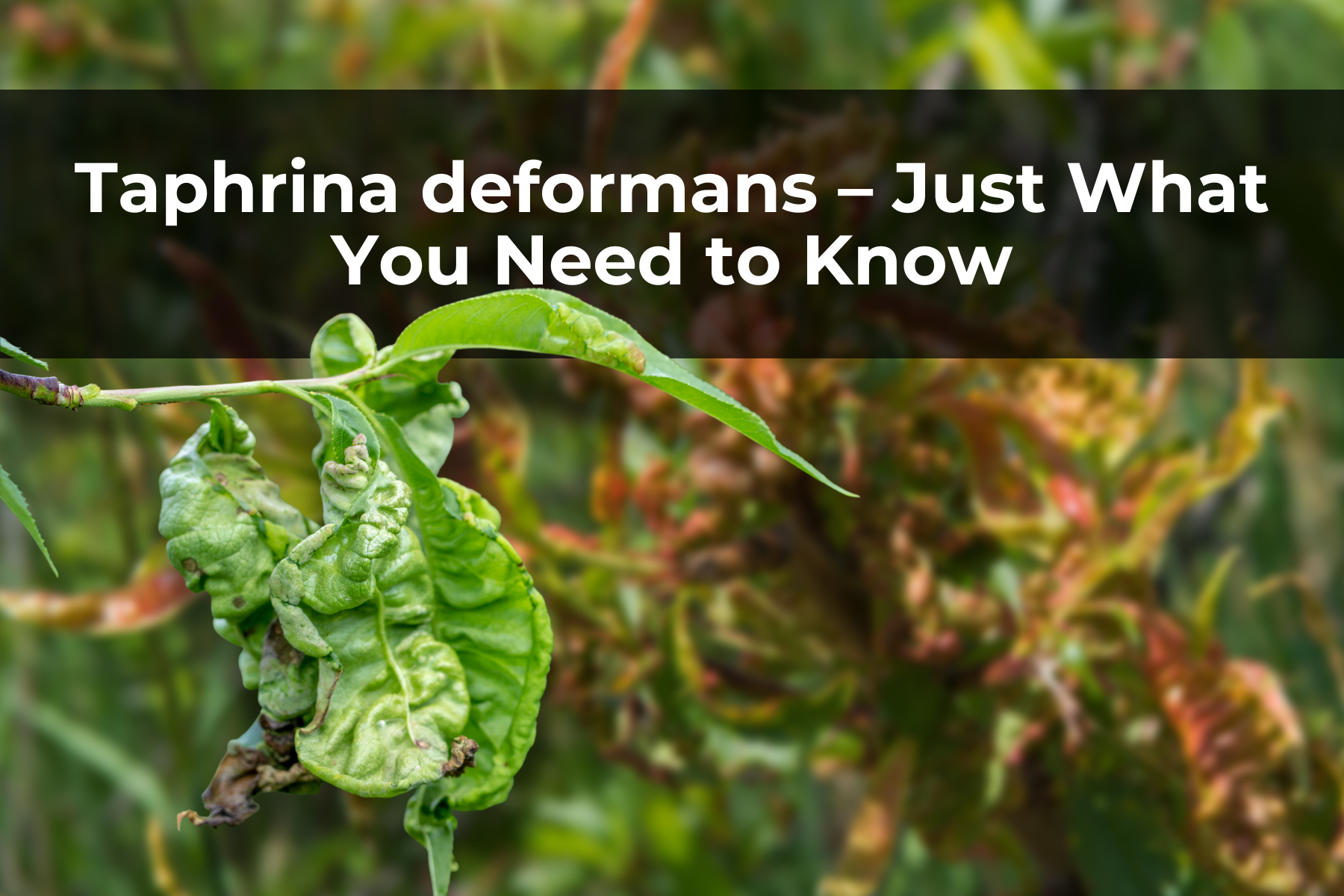Last Updated on June 12, 2023 by Real Men Sow
Taphrina deformans, also known as the peach leaves curl, is a peach- and nectarine-specific disease. This is the most serious disease that a peach tree can get. It usually happens in spring when it is cool and damp.
Peach leaves are normally thick and will appear “puckered” as they age. You will see blisters on the leaves that will eventually turn white. The blisters usually appear yellowish or reddish at first. The whole leaf may change colors later while acquiring a whitish coating.
These already ugly leaves will turn darker and shrivel up completely by the time they fall. Sometimes, infected leaves may fall again, producing a new crop of leaves. However, trees with infected fruit will produce a weak crop that is misshapen and covered in lesions.
Ineffective Treatment
Taphrina deformans (Peach leaf curl) are a sign that the leaves are protecting the spores from the buds. This aggravating disease can only be managed if the season ends. It is important to maintain tree vigor if you have severe cases of the disease. You should irrigate your garden to reduce drought stress and add nitrogen fertilizer to the soil.
No Cure For Taphrina deformans
There is no cure for infected leaves. They must be removed and destroyed. However, they should not be put in your compost pile. This article outlines preventive measures that you should take. This disease decimated peach crops in the United States over 100 years ago and is unlikely to disappear anytime soon.
How to Prevent Peach Leaf Curl (Taphrina deformans)
Peach leaf curl (Taphrina deformans) is not an issue for certain varieties of nectarine and peach trees. Different varieties may be better or worse depending on where you live. You should never spray trees that have been infected before. A dormant-season insecticide is one that contains lime sulfur spray or a Bordeaux combination. However, it will be necessary to wait until the last leaf falls. In the spring, spray them again to prevent new growth. Waiting until the buds open on the tree to apply a fungicide is a waste of time.
A fungicide spray may be applied in late fall, late winter, or early spring to control severe infestations. To control the disease in peach orchards you’ll need to wait until the majority of the leaves are gone or the buds have swelled in the spring. Copper spray or chlorothalonil would be appropriate during those times.
Future seasons growers will need to closely monitor February temperatures. If temperatures rise above average, dormant sprays will be needed to control the fungus. It is important to only plant stock from trusted nurseries. Also, prune any twigs/leaves showing signs of infection.

